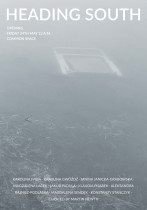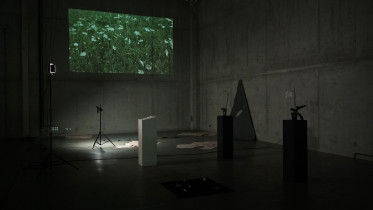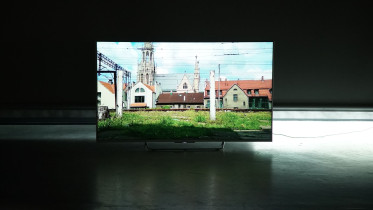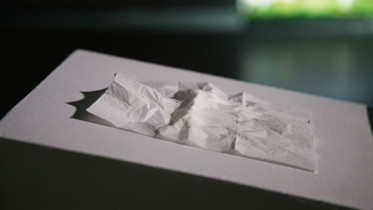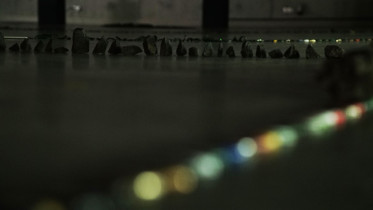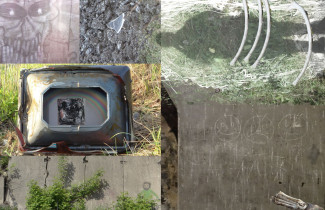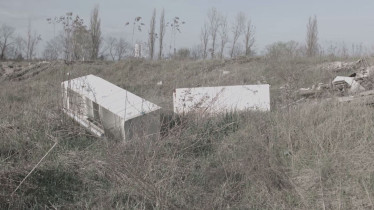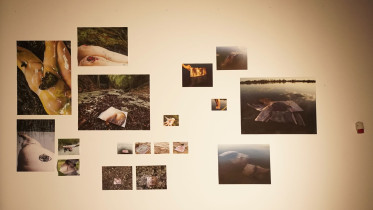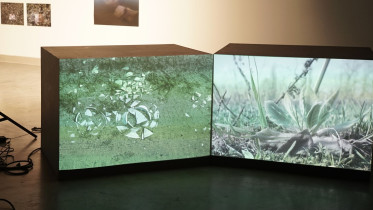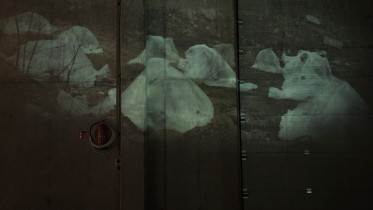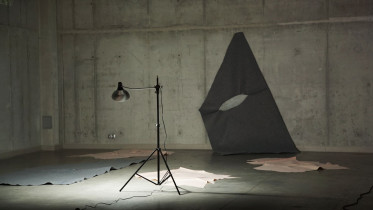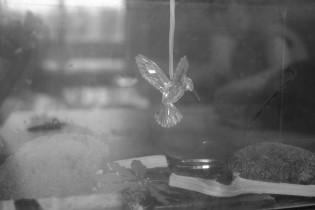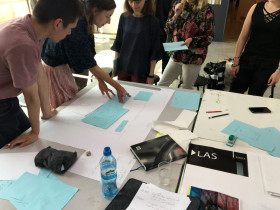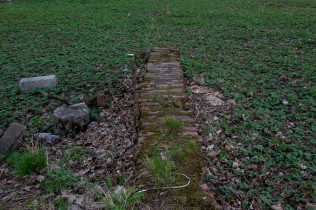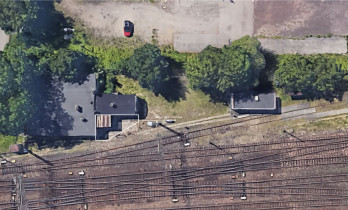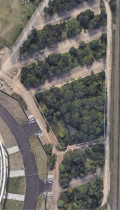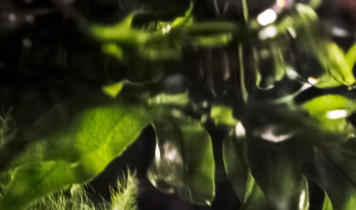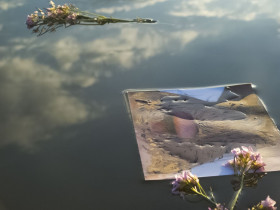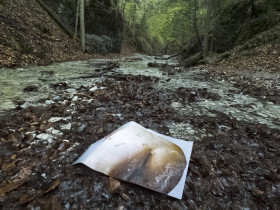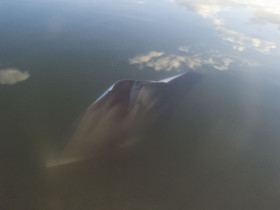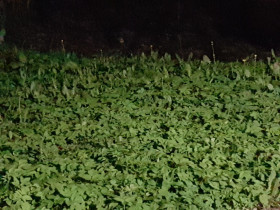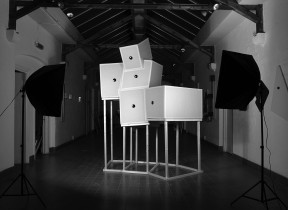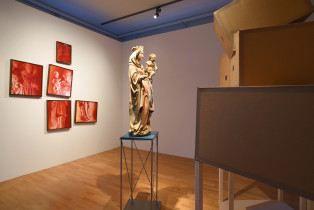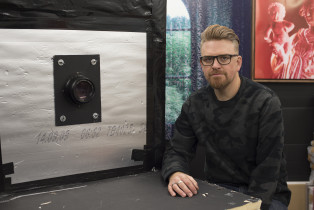Looking and re-looking.
Hybrid processes and the nature of the encounter
The course will examine modes by which artists use or misuse both old and new technologies. Participants will be asked to explore the possibility of bringing together traditional and new processes. This could include: the analogue and the digital; the still and the moving; the hands-on and mediated; or the material and immaterial. Participants will develop ideas and approaches they have already been working on to ask what it means to build an experimental practice. The course will focus on generating a body of independent work which will be exhibited in a group exhibition. Through exhibiting the work, participants will explore how the process by which a work is made might become part of the way it is understood. The workshop will interrogate the nature of the encounter with a work of art now - bringing together the historical with the contemporary and exploring the relationship between the viewer and process.
Martin Newth will be working with participants over the course of the semester, visiting ASP Katowice on four occasions. Participants will be asked to share their interests and approaches with others. Through engaging in ongoing dialogue and critique, participants will challenge and support each other to take creative risks and expose existing practices to new ways of thinking.
Martin Newth
